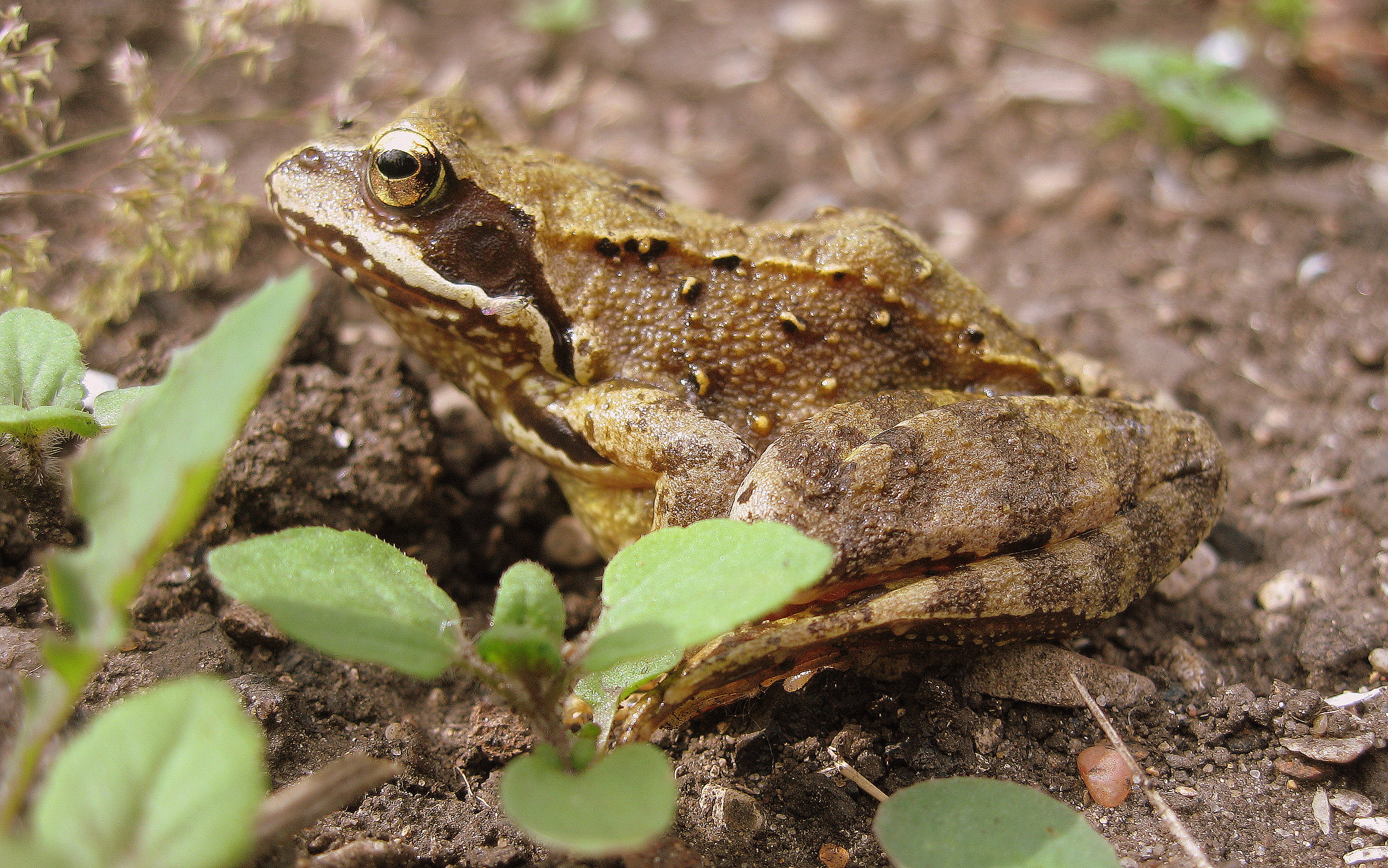Water irrigation system
There are at the moment 29 troughs spread evenly round the site which means that each will service about 4 allotments.
Watering crops
The simplest way of watering is to dip a watering can or bucket into the trough. Alternatively the tap can be used to fill a container. You can use a hosepipe attached to the tap if you wish to fill watering cans closer to your plot, fill a water butt on your plot or water crops directly. Do not be leave the hosepipe in place longer than necessary to complete the task. A permanent connection to the tap, to supply an automatic watering system for instance, may only be made via a 4-way manifold that allows others to access the tap at the same time. You may find a shared hosepipe adequate for everyone’s needs.
Making a permanent connection
Cleaning out your trough

Not drinking water
Do not drink the water or use it for washing your hands.The water is extracted from a bore hole and has not been purified. Tests have shown that it contains ammonia but it does not contain heavy metals or other harmful contaminants. Water direct from the tap will be free from bacteria. Water standing in the troughs will not be. You may wish to wash soil off tools, boots or root crops but if you do, please use a bucket to avoid the troughs silting up. It is safe to wash root crops in water run from the taps but they should be washed again at home and peeled before eating/cooking.
Fixing problems
In the case of a major fault where water is escaping in volume, attempts should be made to locally isolate that part of the pipe network. Layout plans which show the positions of the isolating valves are on display on the noticeboards and on the machine shed door. The valves can be turned on and off by hand. Please report any problems that you cannot fix yourself to either Mike or Robin. It is likely that will be minor subsidence where the pipes have been laid. It would be helpful if you could help fill any defects with stones, clinker and shards from your plots, cover with soil or sods and tamp down.
Children
Please supervise small children closely on the plots and especially near the troughs. This is for their own safety but also to stop them dropping things into the troughs.
